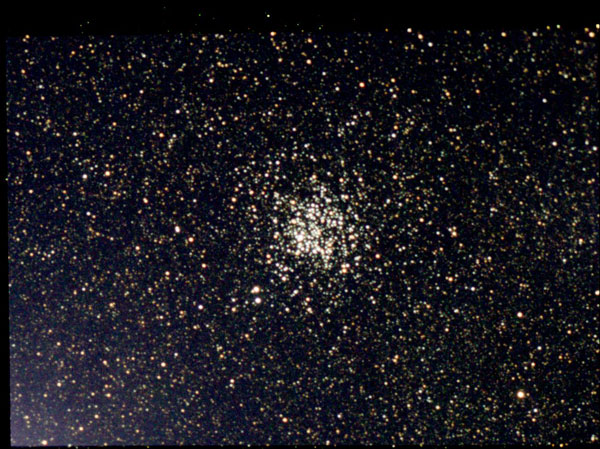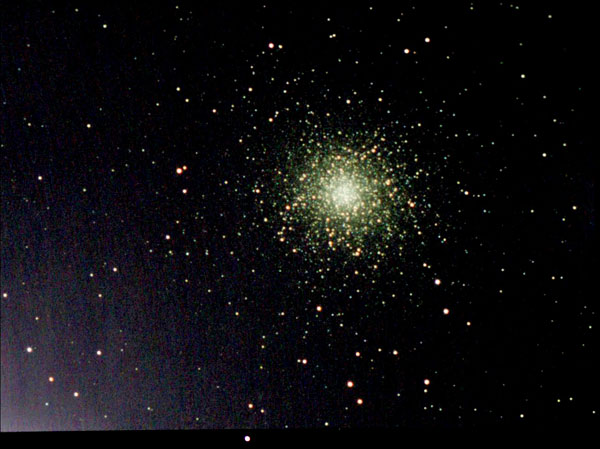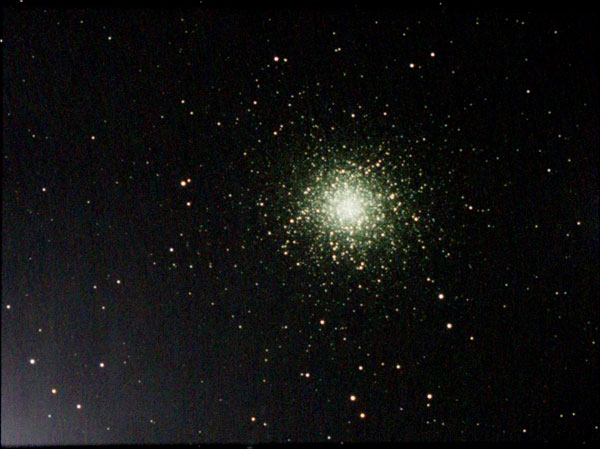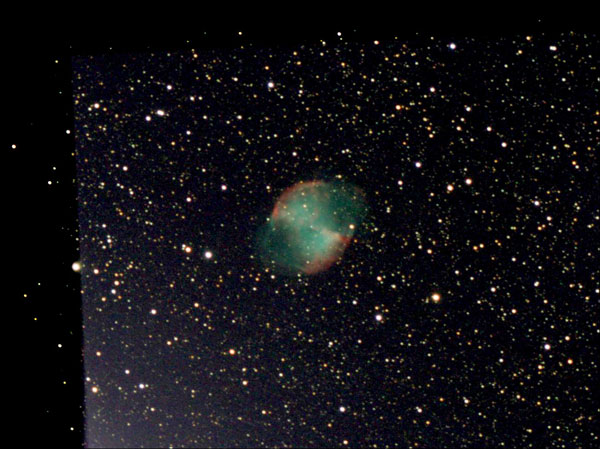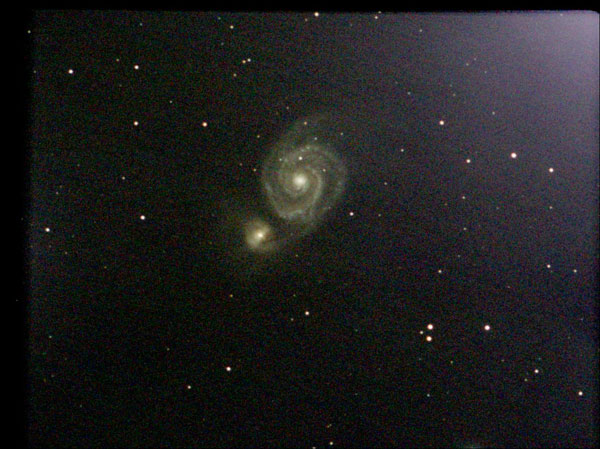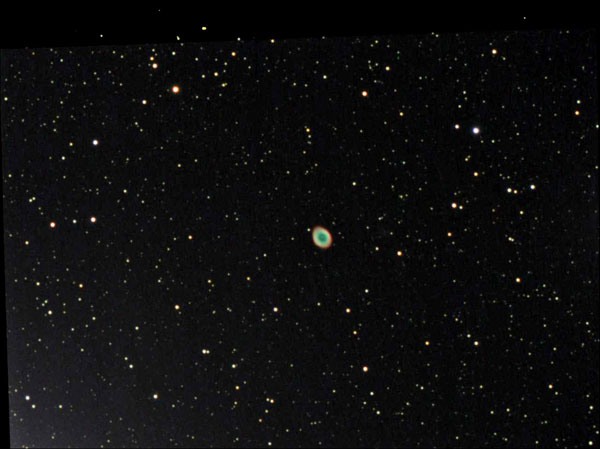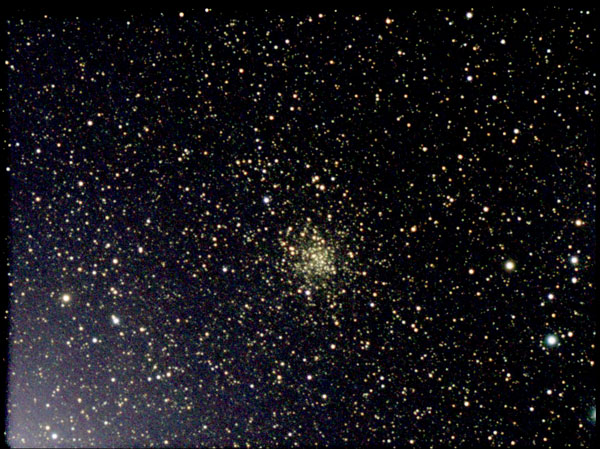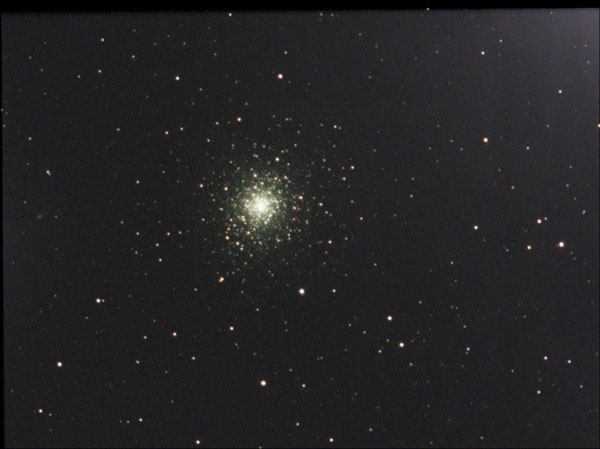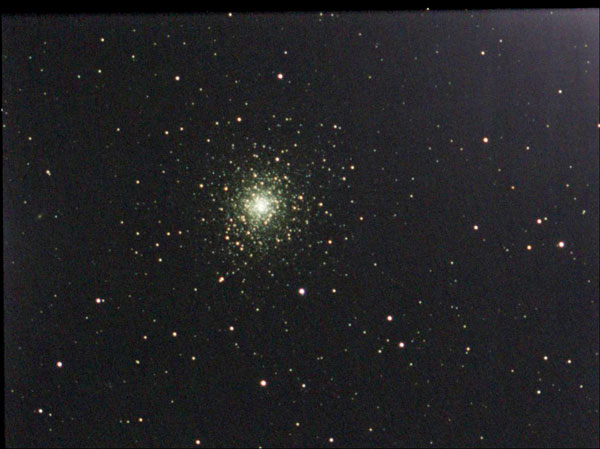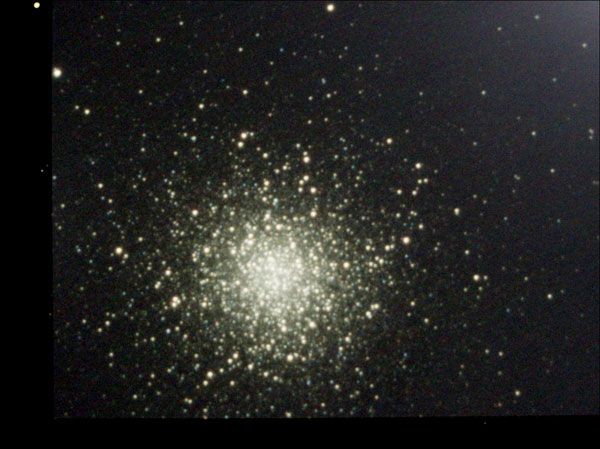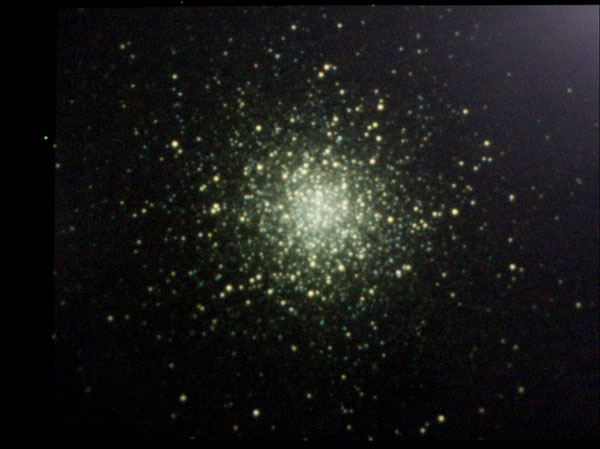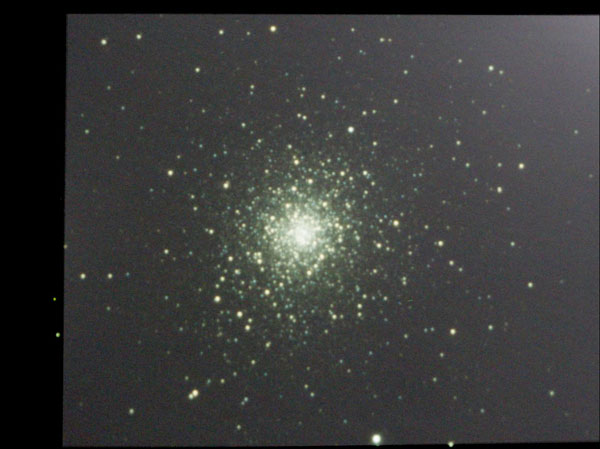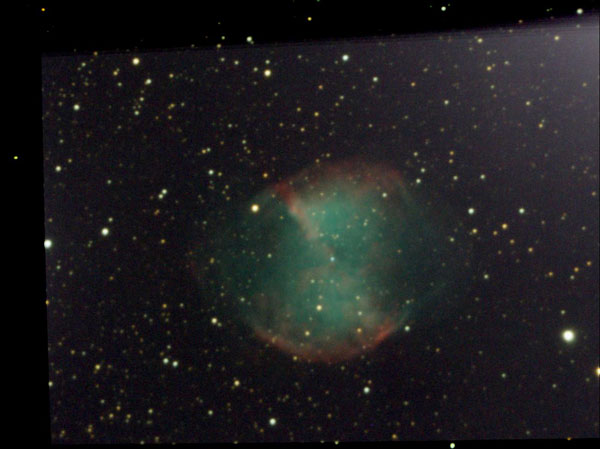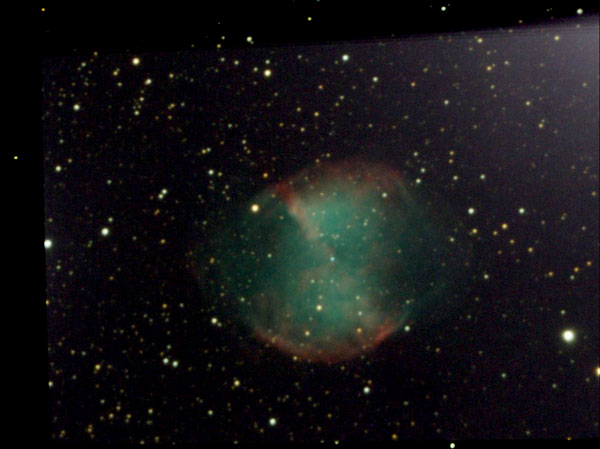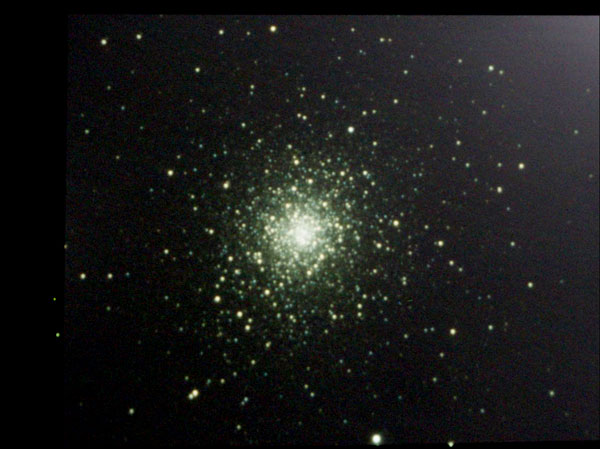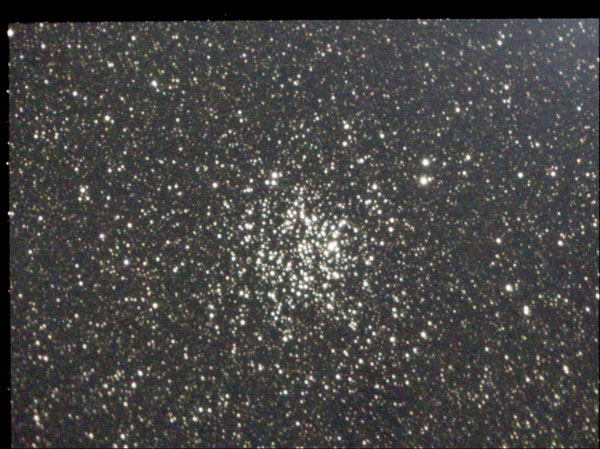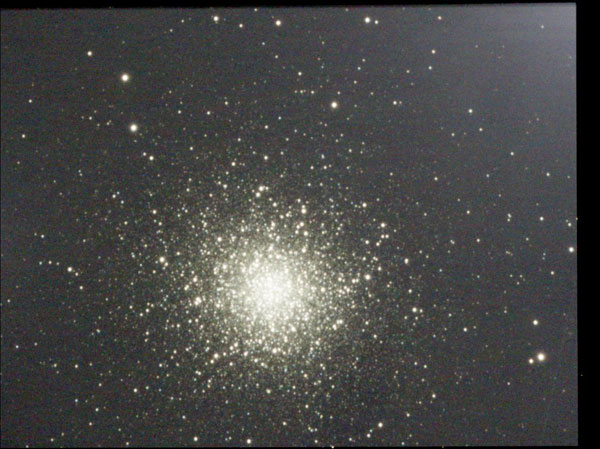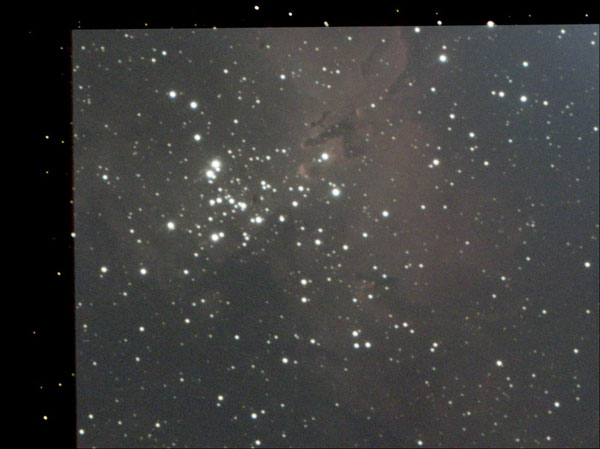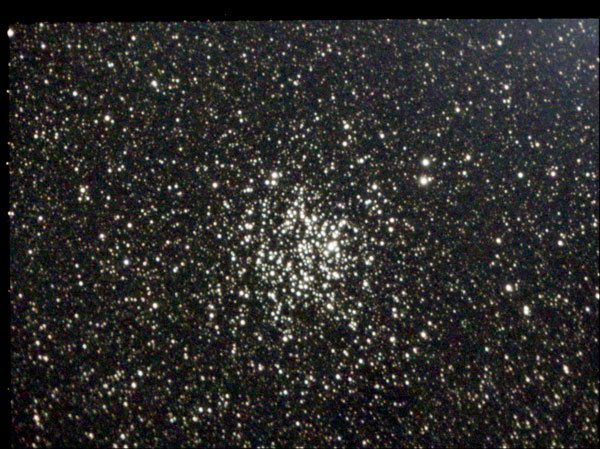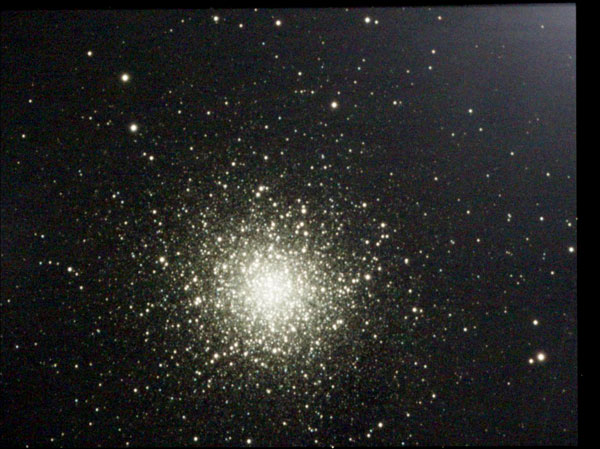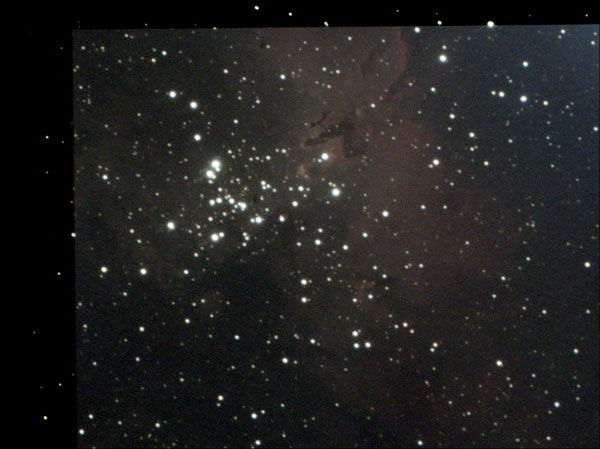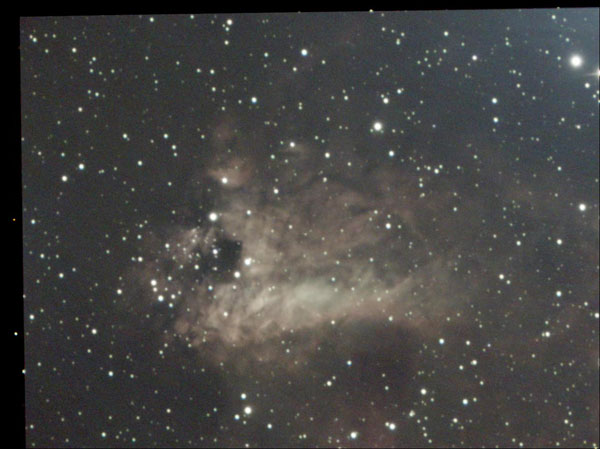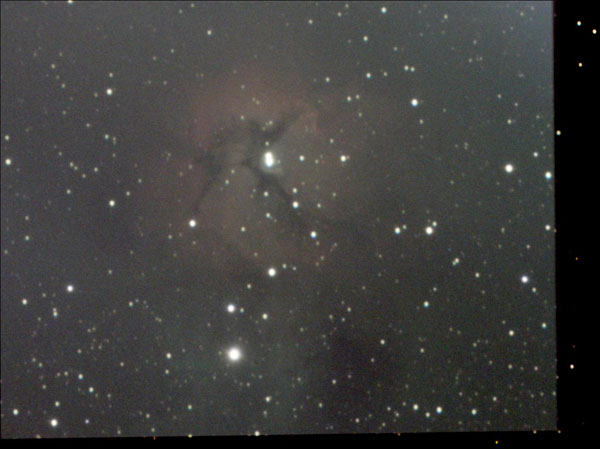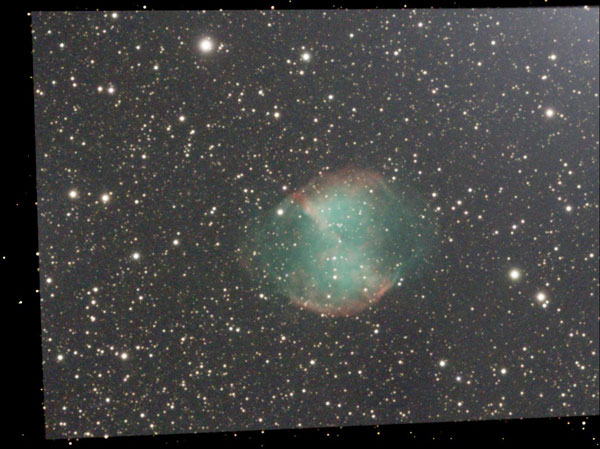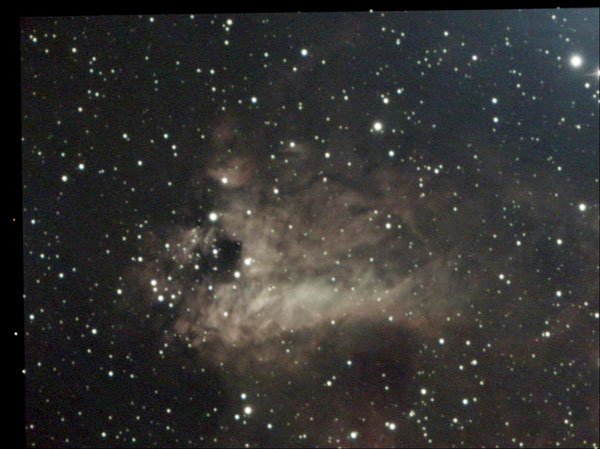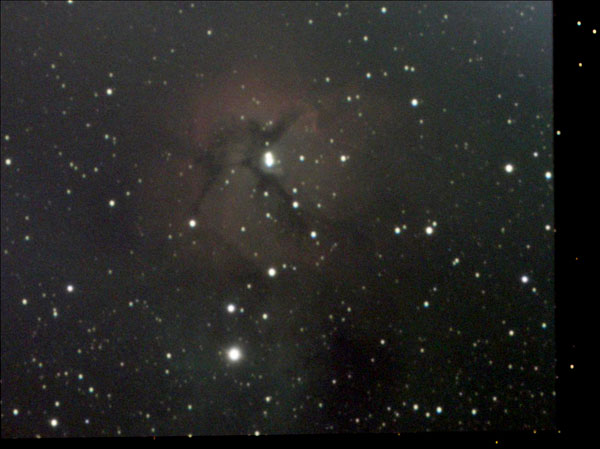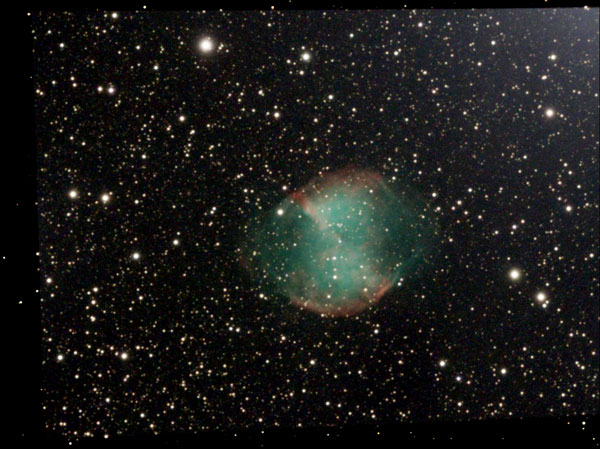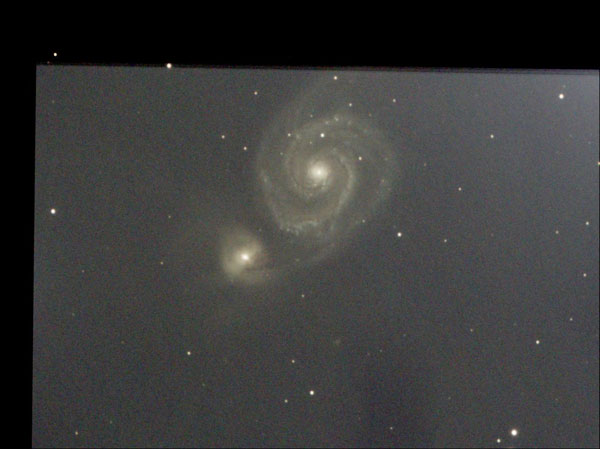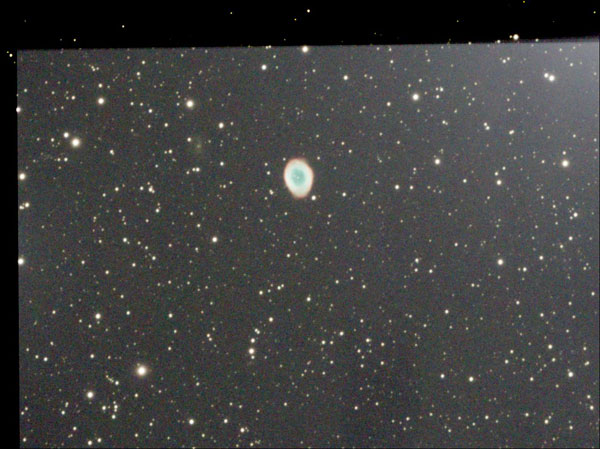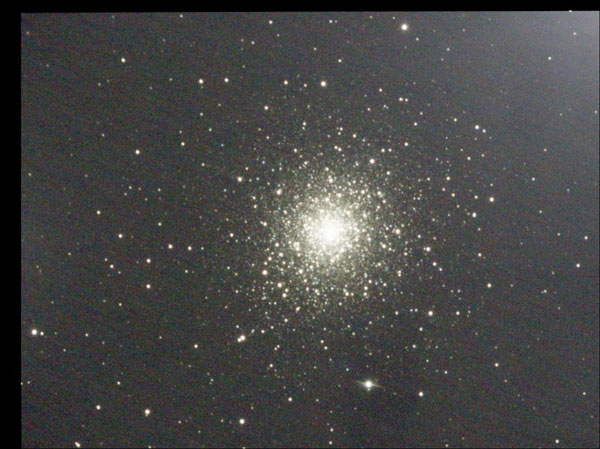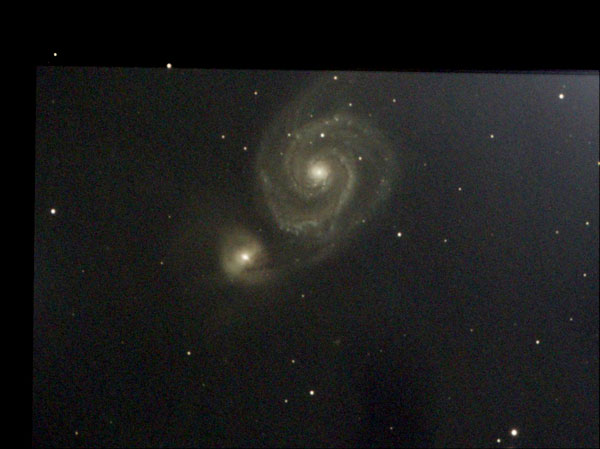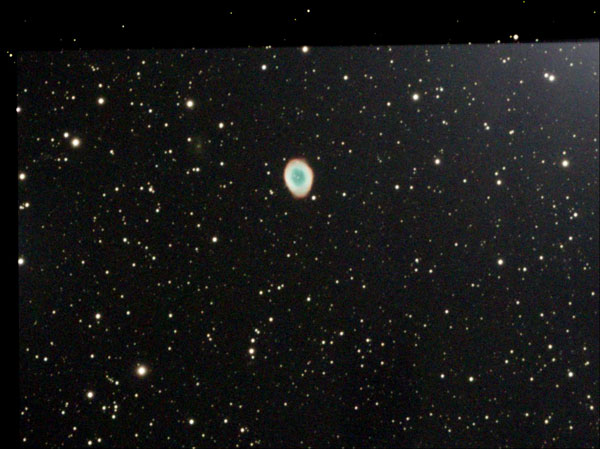ZWO ASI224 Color Camera - Further Experiences
Introduction | The Tests | Photo Comparisons | Preliminary Conclusions | Links
Archive
On this page, I present further experiences from September 2021 with my ZWO ASI224MC color camera (borrowed from a starfriend at the beginning of April 2021, bought from him on April 25, 2021). This camera has the same Sony sensor as my eVscope (Sony IMX224/225), so I was interested in finding out how it would perform on my telescopes in comparison with my eVscope and my Atik Infinity camera. In the test described on this page, I used the telescopes Omegon PS 72/432, Celestron C5, and TS-Optics TLAPO1027 and tried them on different DSOs. I tried to photograph the same object with all telescopes. This succeeded only in some cases, but should be sufficient for a comparison of the how well the ASI224 performs at these telescopes.
So also pages:
- ZWO ASI224 Color Camera - Information Archive
- ZWO ASI224 Color Camera - First Experiences Archive
- ZWO ASI224 Color Camera - Further Experiences Archive
- ZWO ASI 224 versus eVscope - Photo Comparison Archive
- ZWO ASI224 - Photo Gallery Archive
| Note: I bought a ZWO ASI294MC camera in the beginning of April 2022 in order to get more resolution and field of view, and I thus sold my ZWO ASI224MC camera in mid-April 2022. I therefore can no longer report any further experiences with this camera here. |
Introduction
Test Equipment
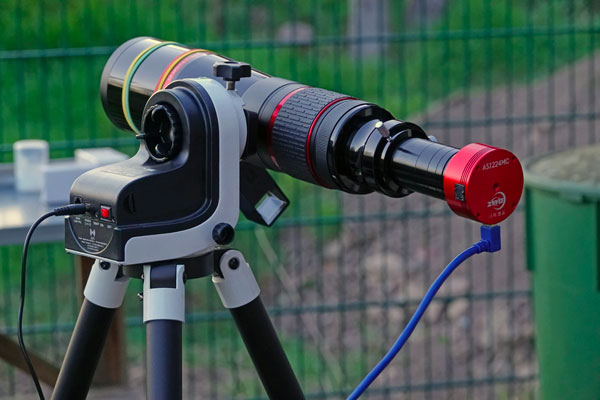 |
 |
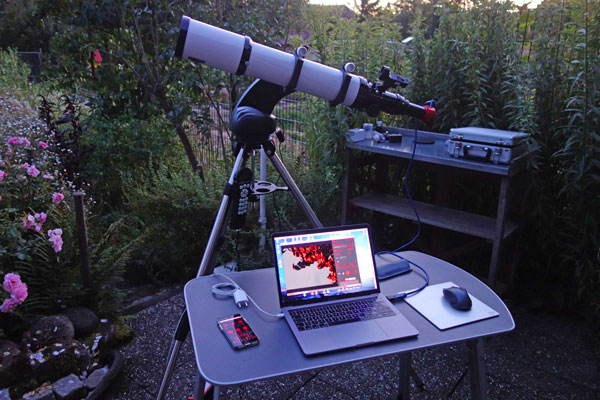 |
 |
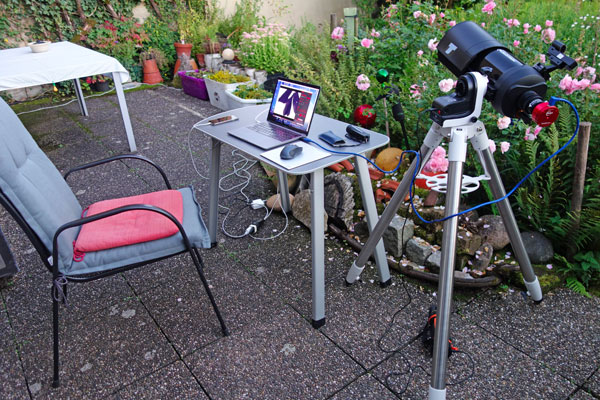 |
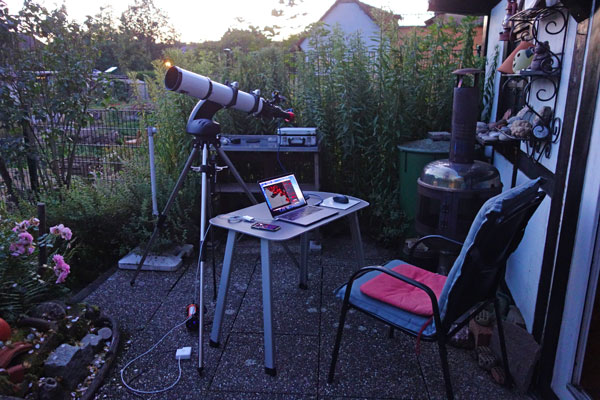 |
| PS 72/432 (upper photo from spring 2021) | C5 | TLAPO 1027 |
Photos: ASI224 in use at the three tubes PS 42/432, C5, and TLAPO1027 at the beginning of September 2021
The Tests
General Remarks
In all cases, I ran the ASI224 with the software ASIStudio and its component ASILive. For convenience, I did not use any dark frames, which can be recognized by the evident amp(lifier) glow. Hotpixels can be removed by ASILive even without darks, and this is the function that I used.
When I save photos, I always get a FITS and a JPG version of the photo, where the FITS version is saved without any settings, whereas the JPG version corresponds to the current screen image (with the appropriate histogram and exposure settings). The FITS version cannot be read by many image processing programs. I therefore load it into ASIFitsView and save it from there as a JPG file, usually already with certain histogram settings (which are a bit "fiddly"...).
This time, I set ASILive to also save single frames in FITS format. This creates a lot of files and is only worthwhile if you want to make a particularly nice photo even better, for example by removing certain frames from the stack.
September 2, 2021: A Night Test with the PS 72/432
PS 72/432 on AZ-GTi with ASI224MC and UV/IR Cut Filter; observed from 9:30 p.m. until shortly before 11:30 p.m.; SQM about 20; SynScan app on iPhone, ASILive (hotpixel removal activated, no darkframes).
Order: M 13, M 92, M 51 (SQM 20), nebulae (M 20, M 16, M 17) did not
work, M 11, M 27 (both misssed with GoTo access but found), M 57, Hercules
Galaxy Cluster (NGC 6041), Stephan's Quintet (NGC 7317), M 71
(For the galaxies I did not check further whether they were approached correctly,
because it is not possible for me to check this.)
Photos
I do not show photos of the galaxy clusters!
September 3, 2021: A Night Test with the C5
On September 3, 2021, I did another test with the ZWO ASI224MC, namely on the Celestron C5 with f/6.3 reducer/corrector on the AZ-GTi mount.
C5 on AZ-GTi with ASI224MC, later also with UV/IR Cut Filter; Observed from 10:00 p.m. on (took photos from 10:50 p.m. on) until about 0:30 a.m.; SQM about 20.1 at maximum; SynScan app on iPhone, ASILive (hotpixel removal activated, no darkframes)
Order: M 13 (from 11:50 p.m. on), M 92, Jupiter with and without moons,
M 27, M 13, Saturn, Jupiter
(I had to help visually with my 32 mm eyepiece for all objects to find them except for the
planets).
Photos
I do not present photos of the planets here!
September 4, 2021: Night Test with the TLAPO1027
TLAPO1207 on Star Discovery with SynScan WLAN Module; SQM about 20; the observations started at about 9:10 p.m. and ended at about 0:30 a.m.; SynScan app on iPhone, ASILive (hotpixel removal activated, no darkframes)
Order: M 13 (5s, 10s; with 10s I had initiually huge problems, later also with 5s at the begining; I had to perform a lot of stack restarts...), M 92 (had to help visually with the 32 mm eyepiece), M 51 (about 10 p.m., SQM 20), M 16 miserable tracking, M 17, M 20 (too low and sky tooo bright), M 11, M 27, M 57 (2s, 5s; washed out)
I was able to find somehow most objects after the GoTo access. Only with M 92 I had to take the 32 mm eyepiece as a help. M 92 was pretty much in the middle with the eyepiece, but I still could not find it with the camera... In general, I often had to restart the stacks because the image was out of focus or the stacking did not work. The tracking of the mount seemed to be poor in parts. Often the black border grew with each new image, but sometimes it remained in place...
Photos
Photo Comparisons
Below, I compare that photos that I took on the three subsequent days at the beginning of September 2021. I present only photos of DSO that I was at least able to photograph with two telescopes. There are also some gaps in the photos that were taken with the C5.
Preliminary (Final...) Conclusions
Overall, the photos show strengths and weaknesses for all three telescope tubes, of the tube, of the camera, and also of myself. For example, amplifier glow of the camera is clearly visible, which I probably might have reduced by using dark frames (first tests with darks were, however, not successful, and/or the dark frames apparently ineffective).
With the PS 72/432 ED refractor, especially the colored stars are noticeable, which are probably caused by the lower quality of the in-built lenses. The TLAPO1027 refractor shows much whiter stars. On the PS 73/432, I also have to use a UV/IR cut filter to prevent the stars from blowing up; the TLAPO1027 does not need this, nor does the C5.
With the C5, I notice the lower sharpness. That is why I used the UV/IR cut filter on a trial basis, but it did not help. Probably my focusing was not optimal.
All in all, except for M57, I like the photos that I took with the TLAPO1027 the best, which does not come as a surprise for me. Unfortunately, the tracking of the Star Discovery mount, which I have to use for this tube, did not seem to be optimal - at least on the respective day...
| Note: I bought a ZWO ASI294MC camera in the beginning of April 2022 in order to get more resolution and field of view, and I thus sold my ZWO ASI224MC camera in mid-April 2022. I therefore can no longer report any further experiences with this camera here. |
Links
- ASI224MC (color) (ZWO Website): astronomy-imaging-camera.com/product/asi224mc
- ASIStudio - ZWO Support - Software and Drivers: astronomy-imaging-camera.com/software-drivers
- Discussion forum about ASIStudio (ASI): bbs.astronomy-imaging-camera.com/t/asistudio
- At The Eyepiece Tonight - ASILive DEMO! (At The Eyepiece): www.youtube.com/watch?v=e2CygXmJVto&t=94s
- ASILive - new EAA software (CloudyNights thread, started by mclewis1): www.cloudynights.com/topic/684951-asilive-new-eaa-software
- ASIStudio v1.3.1 12.10.2020 (CloudyNights thread, started by bouvier_1): www.cloudynights.com/topic/746826-asistudio-v131-12102020
- SharpCap Homepage: www.sharpcap.co.uk
- SharpCap download page: www.sharpcap.co.uk/sharpcap/downloads
- Astrophotography Stacking Software: Imaging Deep Sky Objects the Fun and Easy Way (David Barrett): www.highpointscientific.com/imaging-deep-sky-objects-dave-barrett
- See also my page offering Astronomy Links.
| 28.11.2024 |
